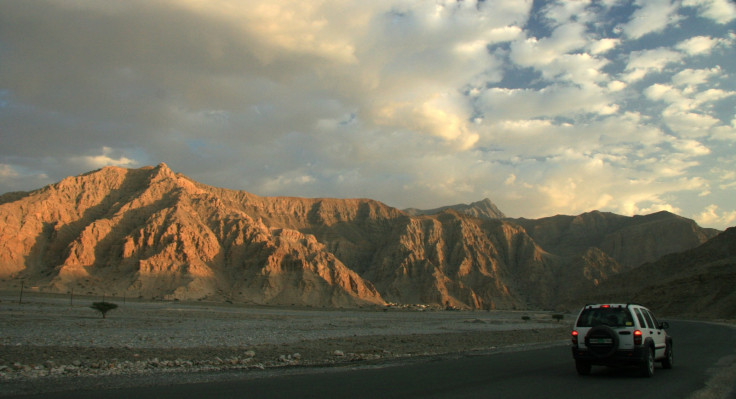Ocean acidification 'triggered Great Dying mass extinction' following 10,000-year volcanic eruption

Ocean acidification caused by extreme volcanic activity caused the biggest ever mass extinction event in Earth's history, a study has found.
The End-Permian mass extinction – or the Great Dying – took place 252 million years ago and killed off over 90% of marine life and two thirds of animals on land.
The mass extinction event was the result of intense volcanic activity over the course of 600,000 years, during which huge volumes of viscous basalt lava covered an area in Sibera about seven times the size of France.
Researchers at the University of Edinburgh have now found that the highly acidic oceans that resulted from this volcanic activity were to blame for the huge loss of life.
The study, published in the journal Science, the authors say ocean acidification was the driving force behind the deadliest phase of the Great Dying – which took place over 60,000 years – with the change in the chemical composition of the oceans dealing a final blow to the planet's life.
The scientists note that initially the mass extinction event was characterised by a slow leak of CO2 into the atmosphere, which was followed by a one-two punch that acidified the oceans. To test the idea that ocean acidification was the driving force behind all the death, study coordinator Matthew Clarkson used boron isotopes to create a record of seawater pH from the time period.
Using rock found in the United Arab Emirates that would have been on the ocean floor at the time, the researchers were able to develop a climate model to work out what drove the extinction.

Findings showed that during the first pulse of CO2, the Earth's oceans were highly alkaline, protecting them from the release of carbon. But the second pulse triggered a widespread ocean acidification event – probably eliminating most of the heavily calcified marine life from the sea.
"Ocean acidification triggered by Siberian Trap volcanism was a possible kill mechanism for the Permo-Triassic Boundary mass extinction, but direct evidence for an acidification event is lacking," the authors wrote. "We present a high-resolution seawater pH record across this interval, using boron isotope data combined with a quantitative modelling approach.
"In the latest Permian, increased ocean alkalinity primed the Earth system with a low level of atmospheric CO2 and a high ocean buffering capacity. The first phase of extinction was coincident with a slow injection of carbon into the atmosphere, and ocean pH remained stable. During the second extinction pulse, however, a rapid and large injection of carbon caused an abrupt acidification event that drove the preferential loss of heavily calcified marine biota."
Clarkson said their findings are concerning because the carbon was released at a similar rate to modern emissions, helping scientists understand the possible threat posed to marine life by modern-day ocean acidification.
"Scientists have long suspected that an ocean acidification event occurred during the greatest mass extinction of all time, but direct evidence has been lacking until now," he said. "This is a worrying finding, considering that we can already see an increase in ocean acidity today that is the result of human carbon emissions."
© Copyright IBTimes 2025. All rights reserved.






















